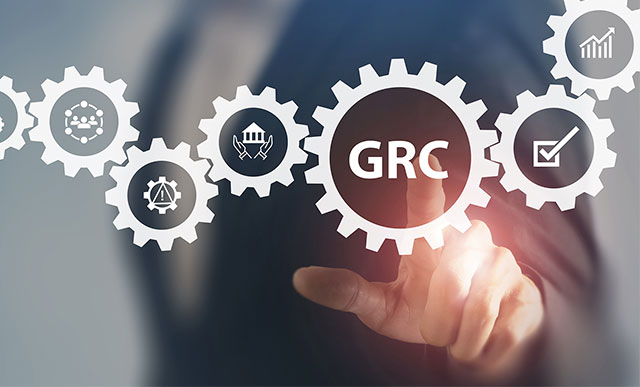State of the Market GRC in SAP Environments
Meet the Experts
Key Takeaways
Organizations are increasingly automating GRC processes (60%) and centralizing control workflows (53%) to enhance efficiency and visibility amid rising regulatory complexities.
While 80% of respondents identify themselves at Level 3 GRC maturity, few have achieved Level 4, where GRC becomes enterprise-wide, indicating areas for development.
Most organizations are integrating SAP GRC solutions with third-party technologies, such as Pathlock and Saviynt, to strengthen their risk management and compliance strategies.
Organizations operating in SAP environments face increasing pressure to modernize Governance, Risk, and Compliance (GRC) practices amid rising regulatory complexity, digital transformation, and audit fatigue. Many enterprises still rely on manual control testing and fragmented access governance, which limits visibility and increases risk exposure. GRC landscapes are dimensional and diverse.
This SAPinsider report presents a comprehensive analysis of GRC practices across SAP landscapes, based on data from 339 respondents between 2023 and 2025. The findings reveal a dynamic shift toward automation, integration, and intelligence in GRC strategies, driven by cybersecurity threats, regulatory complexity, and technology modernization. We see SAP-centric approaches as well as a strong reliance on third-party solutions.
Organizations leaning into or inheriting third-party solutions are integrating GRC platforms that extend SAP’s capabilities across hybrid landscapes. Vendors such as Pathlock, SailPoint, Saviynt, OneTrust, BlackLine, Trintech, and Experian, offer automation, continuous control monitoring, and identity solutions that span SAP and non-SAP environments ─ as lifecycle offerings or with specialized capabilities. These platforms are included in our research to highlight how together with SAP-native offerings they support the full GRC lifecycle.
– Strategic Drivers and Priorities: Organizations are increasingly automating GRC processes (60%) and centralizing control workflows (53%) to improve efficiency and visibility.
– GRC Maturity and Integration: 80% of respondents place themselves at Level 3 maturity, where GRC is integrated into business processes with formal governance and enabling technologies. However, few have reached Level 4 where GRC initiatives are enterprise wide.
– Technology Adoption and Automation: Most organizations are combining SAP Process Control (47%) and the SAP Integrated GRC Suite (40%) with third-party technologies (e.g., Pathlock, Saviynt, OneTrust, SailPoint).
– Data Governance and Privacy: While 53% have formal data classification policies, only 47% have centralized privacy offices or conduct regular privacy impact assessments, indicating uneven adoption of privacy governance.
Read the full report for details and more findings on risk management and security threats, financial governance, leadership and team structure, budgets, and investments.







